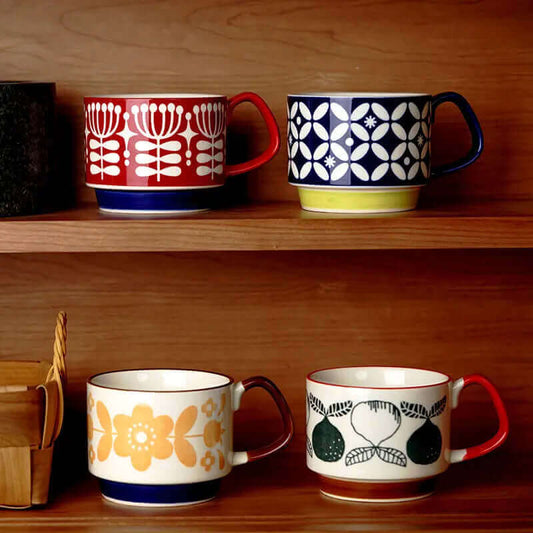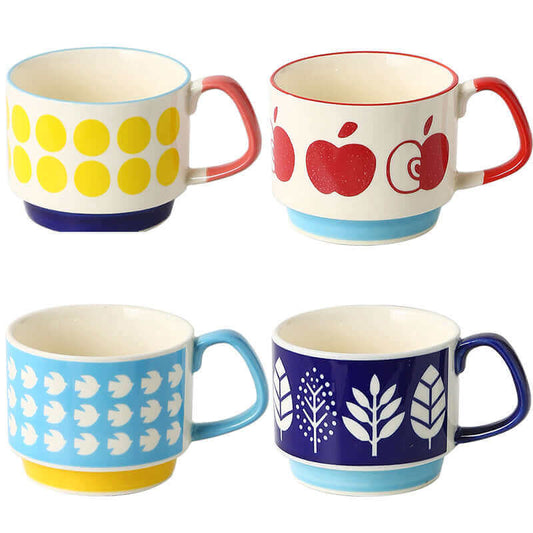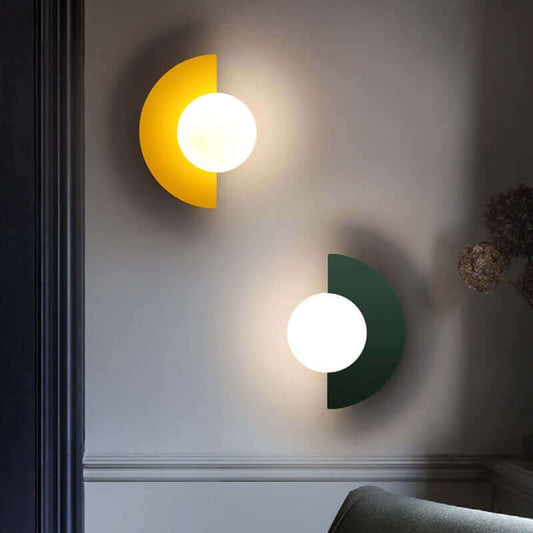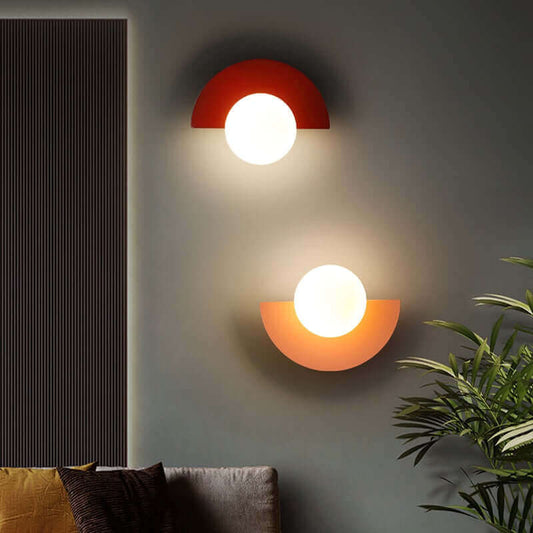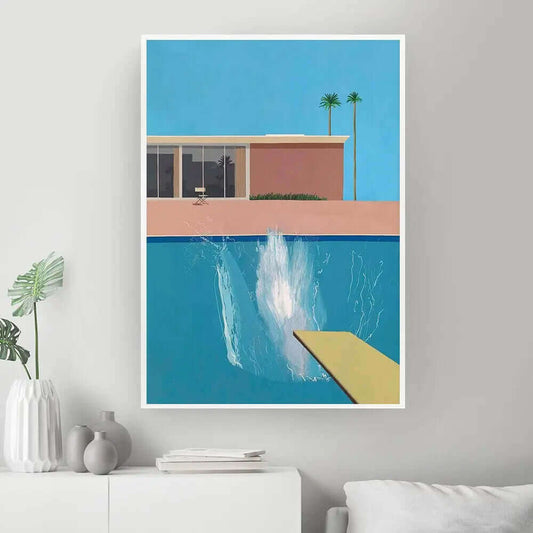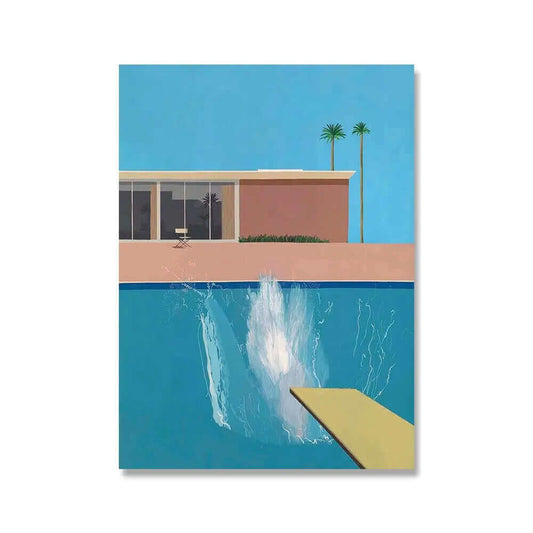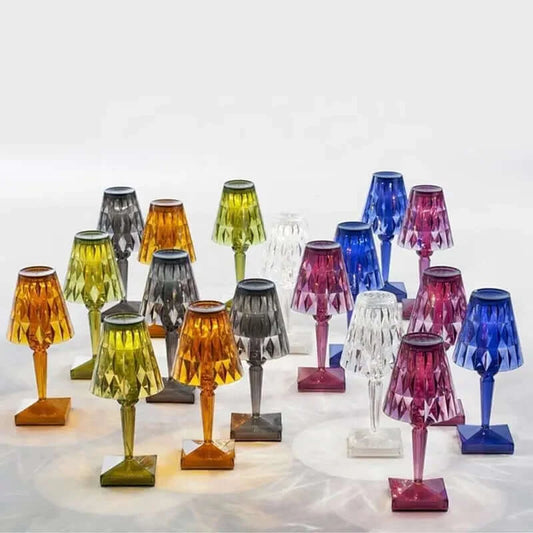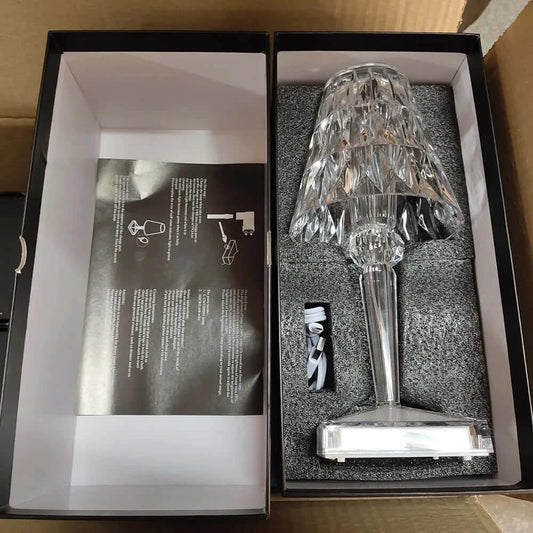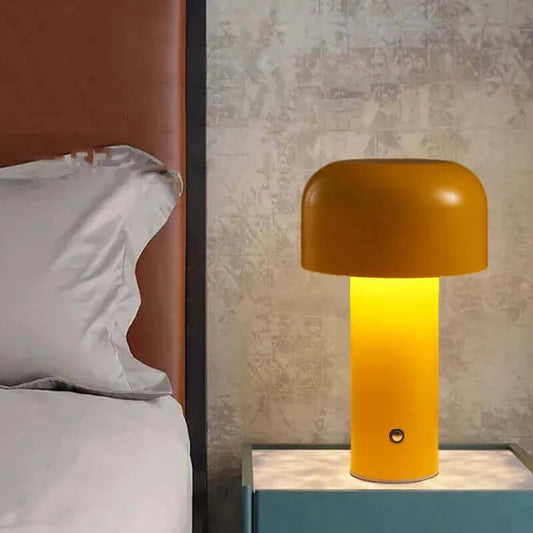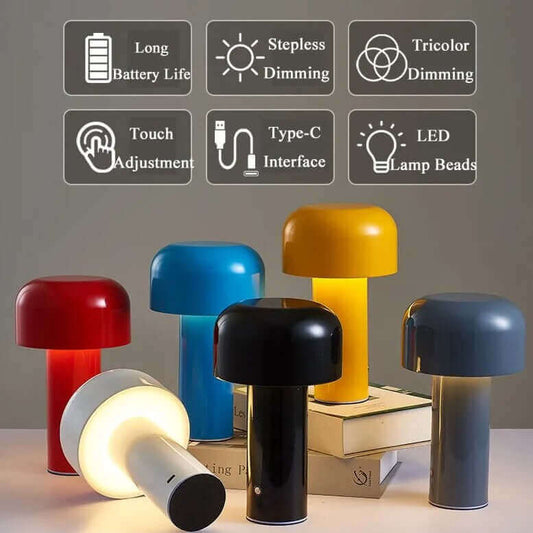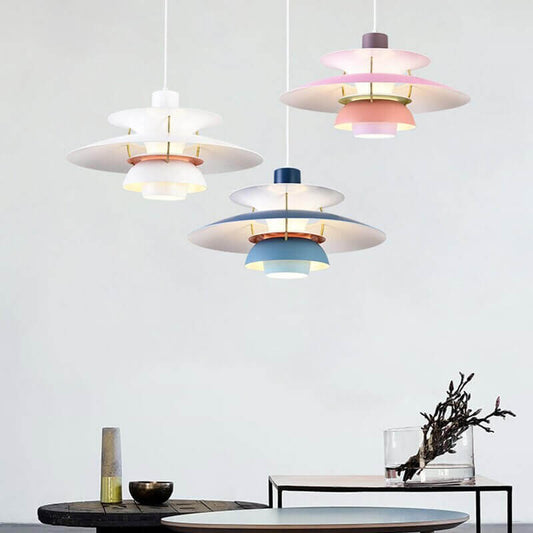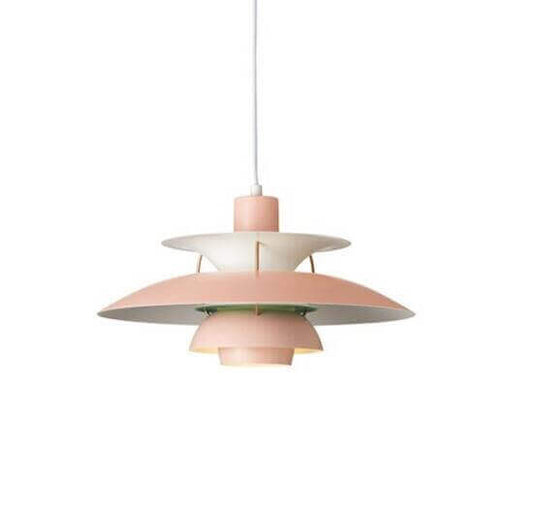When it comes to interior design, we often focus on filling our spaces with furniture, decor, and various elements. However, the concept of negative space, or empty space, is equally important in creating a well-balanced and harmonious room. Negative space refers to the areas left intentionally empty or uncluttered, and it plays a crucial role in enhancing the overall aesthetics and functionality of a space. In this article, we will explore the power of negative space in interior design using the BAB (Before, After, Bridge) approach. By understanding its significance and learning how to use it effectively, you can transform your living spaces into inviting and visually appealing environments.
Before: Understanding the Importance of Negative Space
Before diving into the practical aspects of using negative space, it's essential to understand its importance in interior design. Here are a few reasons why negative space matters:
-
Balance and harmony: Negative space creates a visual balance in a room. It provides a counterpoint to the occupied areas and allows the eye to rest. By incorporating negative space, you can achieve a sense of harmony and calmness in your interior design.
-
Visual clarity: Negative space helps define and emphasize the focal points and important elements in a room. It allows those features to stand out and be appreciated without distraction. Proper use of negative space enhances the overall visual clarity of a space.
-
Breathing room: Empty space provides breathing room for both the room itself and its occupants. It prevents a room from feeling cluttered or overwhelming, promoting a sense of openness and relaxation.
After: Incorporating Negative Space
Once you recognize the importance of negative space, you can start incorporating it into your interior design. Consider the following tips:
-
Minimalist approach: Embrace a minimalist approach by decluttering and removing unnecessary items. Leave empty spaces intentionally in your room to create a sense of calm and simplicity. Allow the beauty of the essential elements to shine through.
-
Strategic furniture placement: When arranging furniture, leave enough space between pieces to create a sense of openness. Don't overcrowd the room; instead, give each item breathing space. This not only improves traffic flow but also enhances the visual appeal of the room.
-
Wall and floor treatments: Utilize negative space on walls and floors by choosing clean, simple designs. Consider leaving portions of walls or floors bare, especially if they have interesting textures or materials. This will draw attention to those features and create a visual impact.
Bridge: Finding the Balance
To effectively utilize negative space, consider the following tips:
-
Proportions and scale: Pay attention to the proportions and scale of the room and its elements. Properly scaled negative space ensures that the room feels well-balanced and visually appealing. Avoid having areas that are overwhelmingly empty or too crowded.
-
Visual hierarchy: Use negative space to establish a visual hierarchy within a room. Highlight focal points by allowing them more breathing room, while still maintaining a cohesive flow throughout the space.
-
Experiment and iterate: Finding the right balance of negative space may require experimentation and iteration. Start with a less cluttered approach and gradually add or remove elements as needed. Step back, observe, and make adjustments until you achieve the desired look and feel.
Incorporating negative space into your interior design is a powerful tool for creating balance, harmony, and visual appeal. By intentionally leaving areas uncluttered and embracing simplicity, you can enhance the overall aesthetics and functionality of your living spaces. So, as you embark on your design journey, remember that sometimes less is more. Embrace the power of negative space and let it breathe life into your rooms, creating a sense of openness and tranquility that will leave a lasting impression.
You will find many other interior design tips in our Top 50 Best Kept Secrets Used By Interior Designers to Transform your Space.



